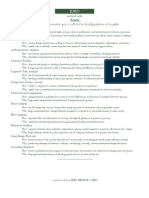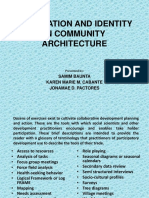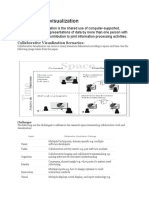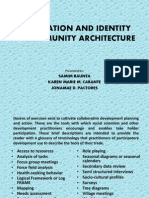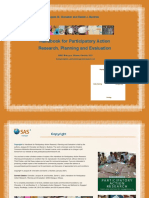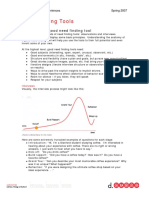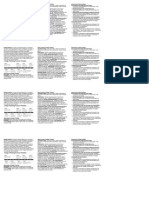0% found this document useful (0 votes)
70 views15 pagesDesign Tools and Methods
A list of design-based methods to allow for exploration, experimentation, collaboration and presentation
Uploaded by
starglideCopyright
© © All Rights Reserved
We take content rights seriously. If you suspect this is your content, claim it here.
Available Formats
Download as PDF, TXT or read online on Scribd
0% found this document useful (0 votes)
70 views15 pagesDesign Tools and Methods
A list of design-based methods to allow for exploration, experimentation, collaboration and presentation
Uploaded by
starglideCopyright
© © All Rights Reserved
We take content rights seriously. If you suspect this is your content, claim it here.
Available Formats
Download as PDF, TXT or read online on Scribd
/ 15

